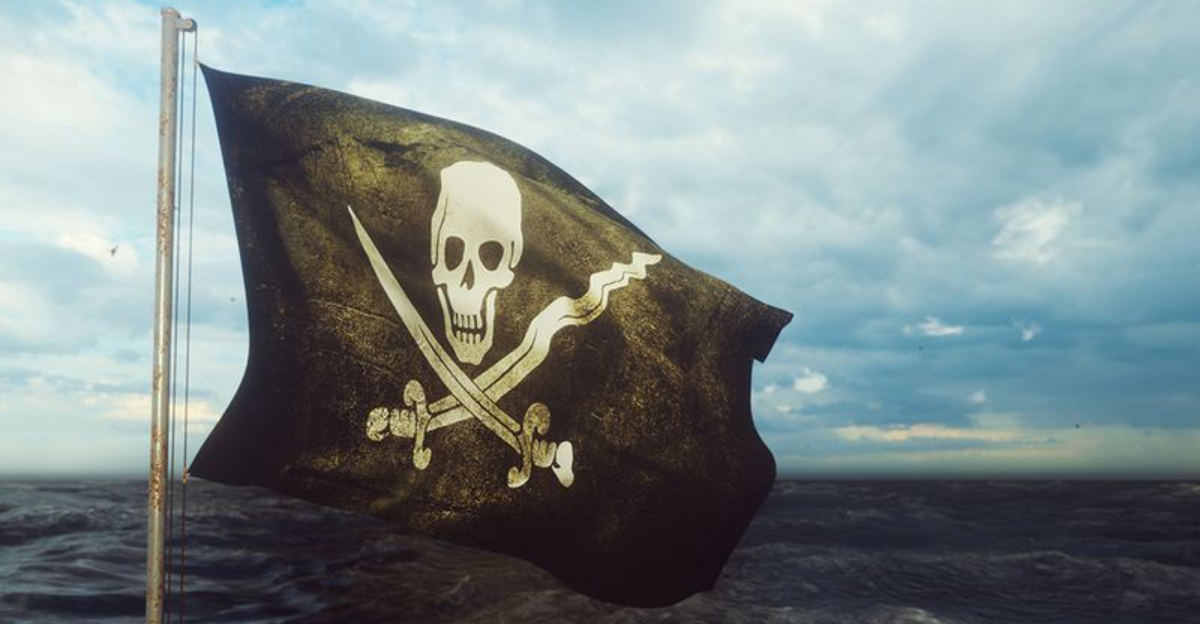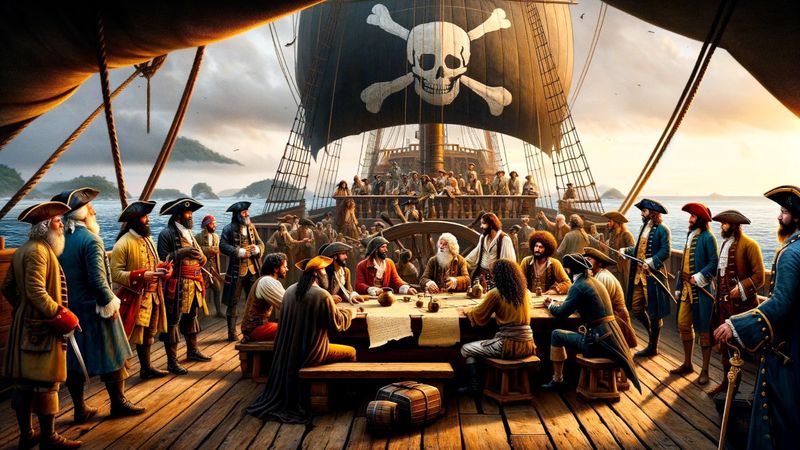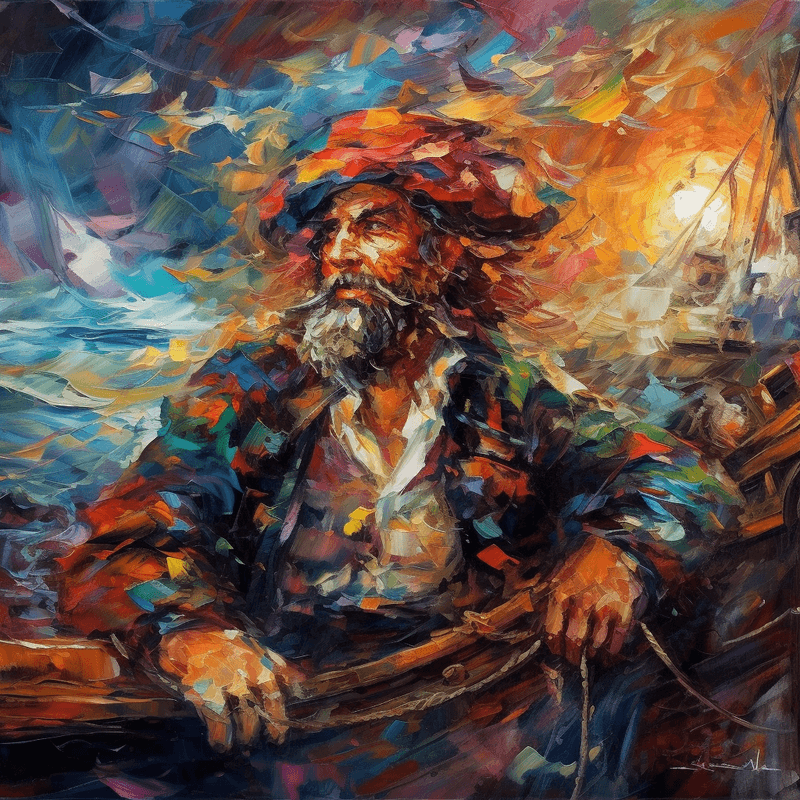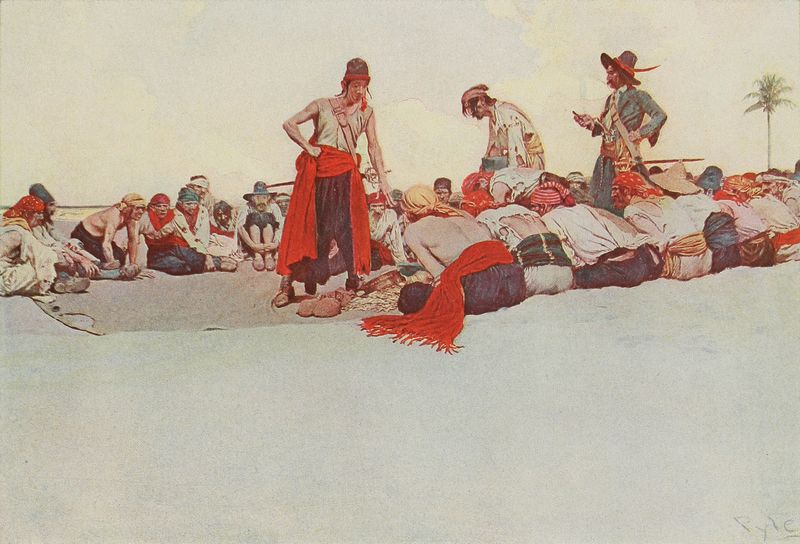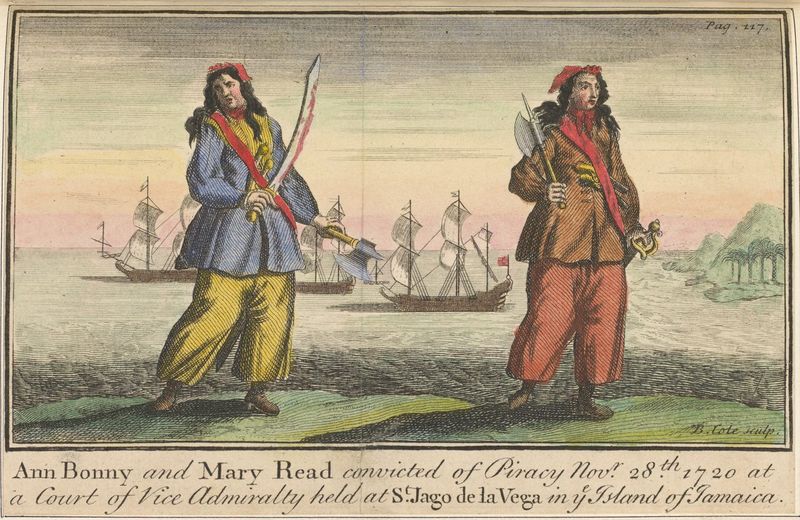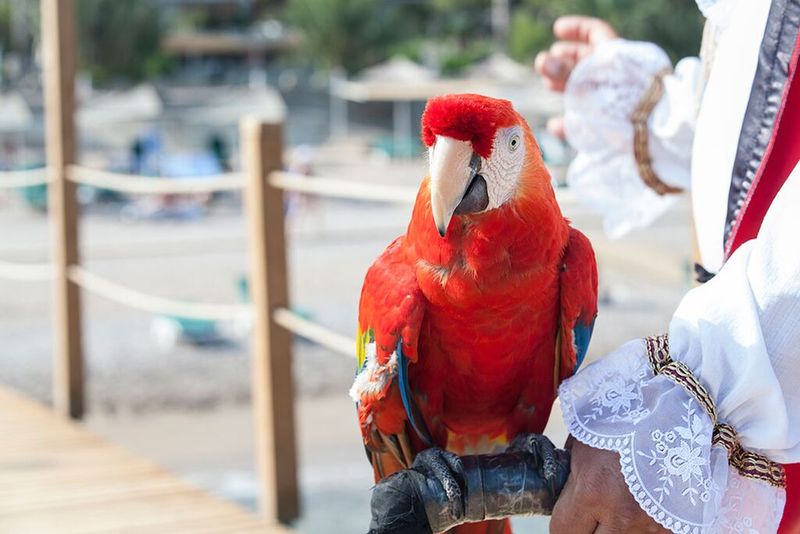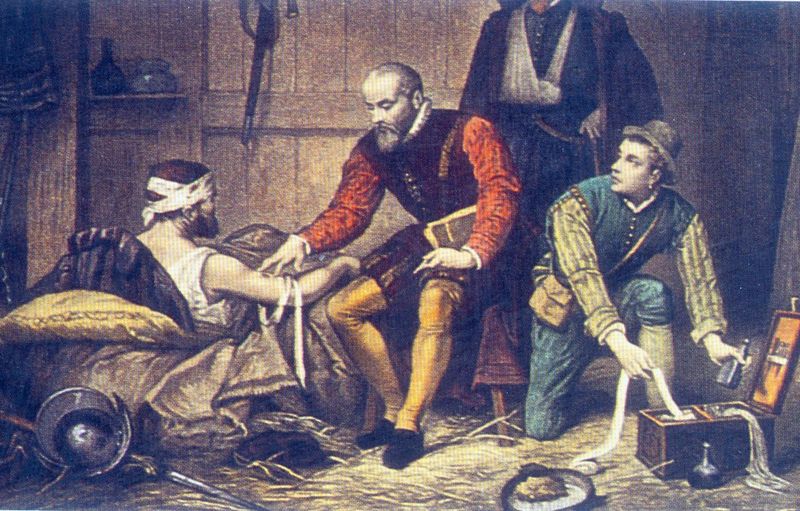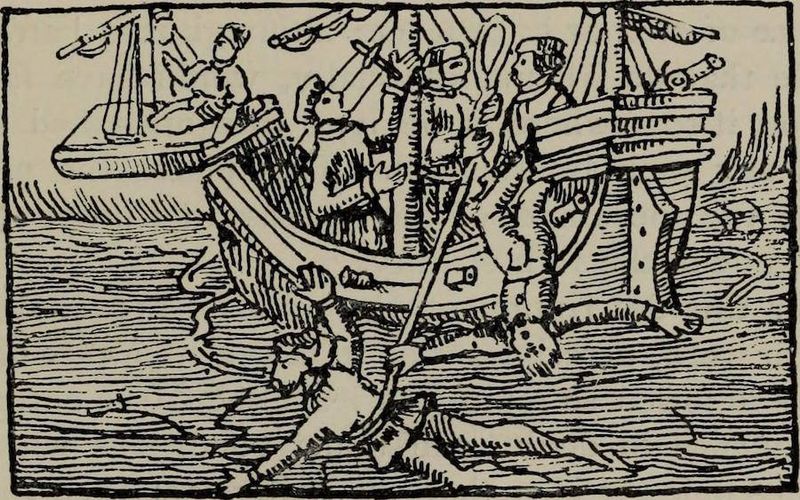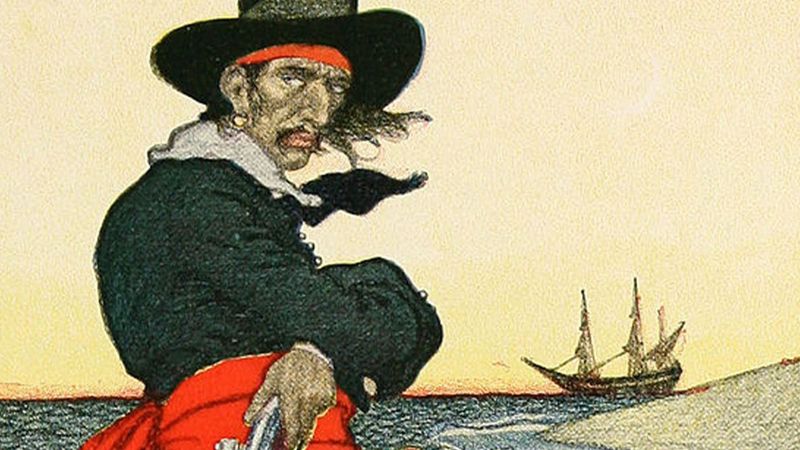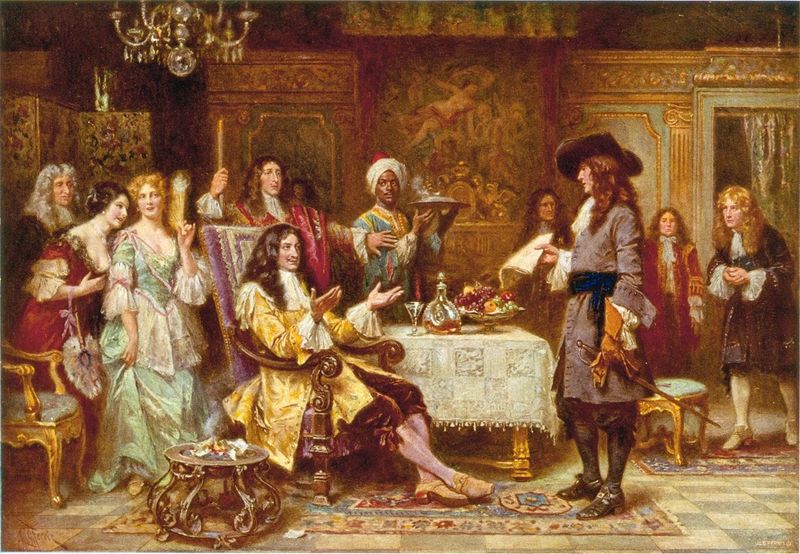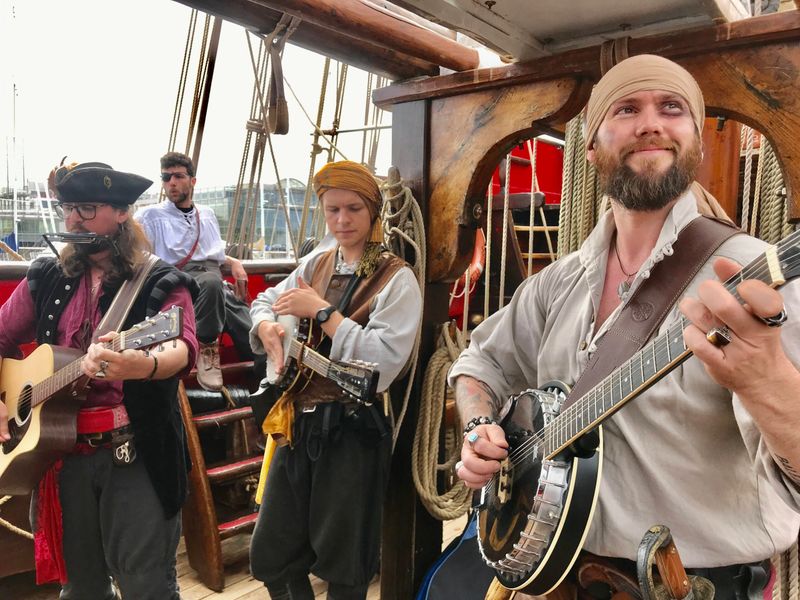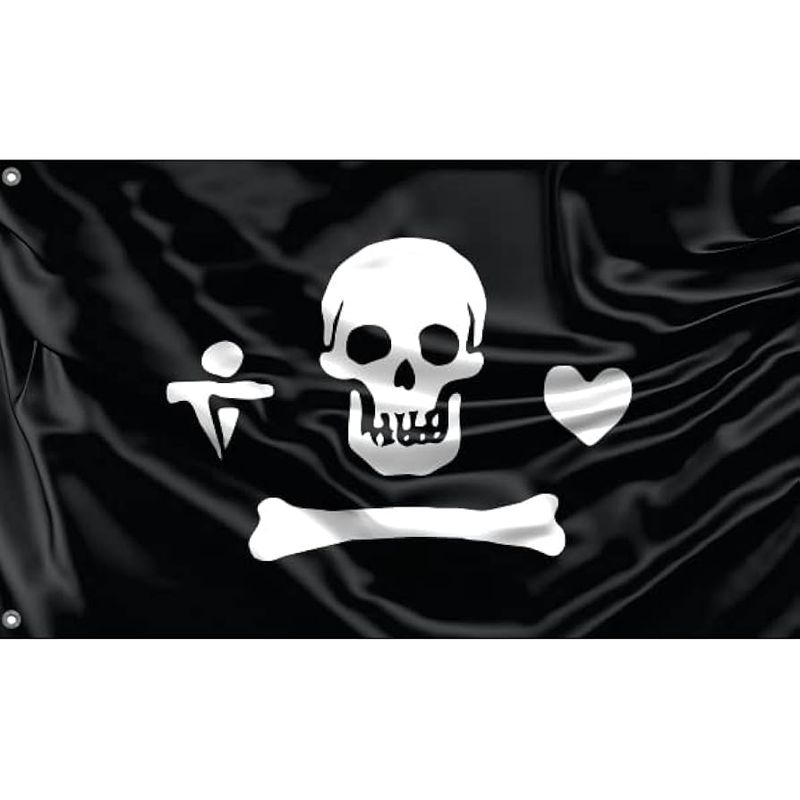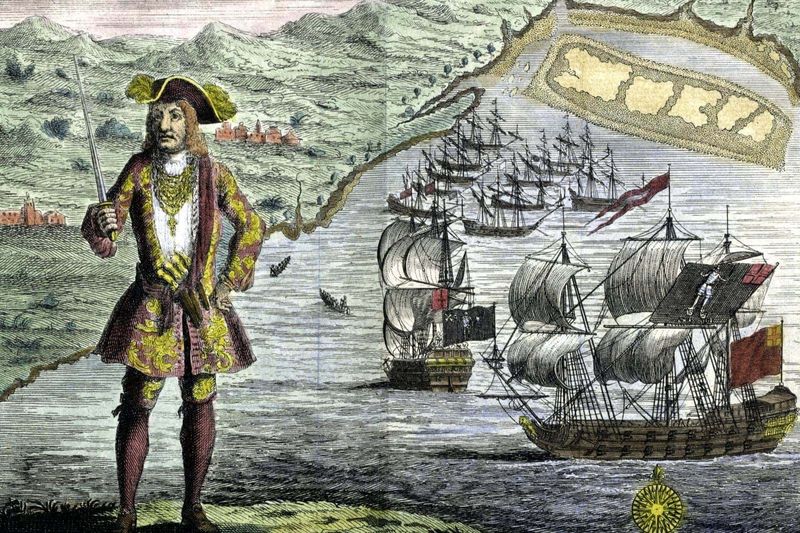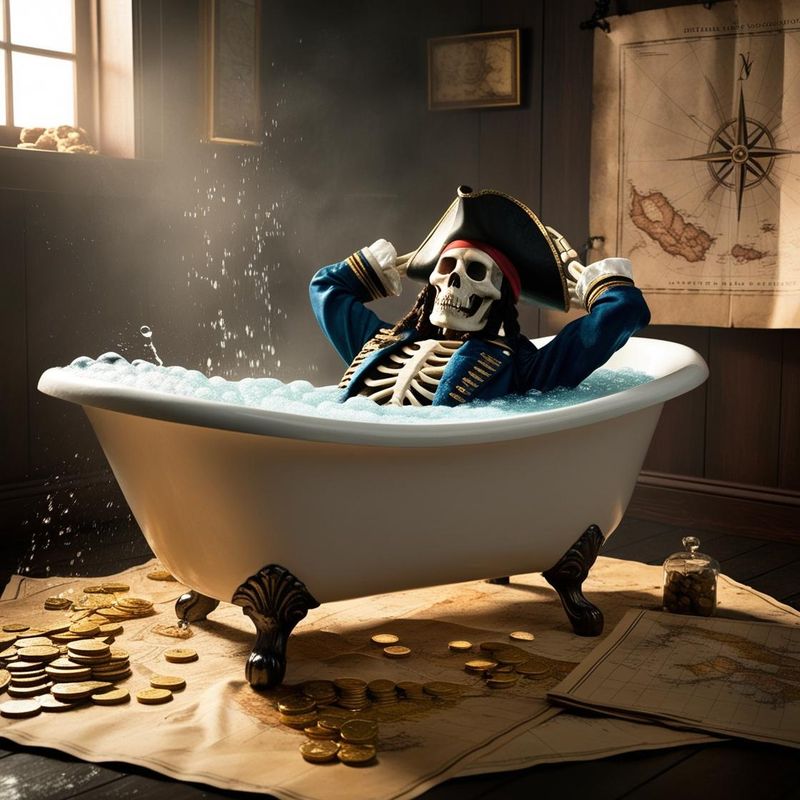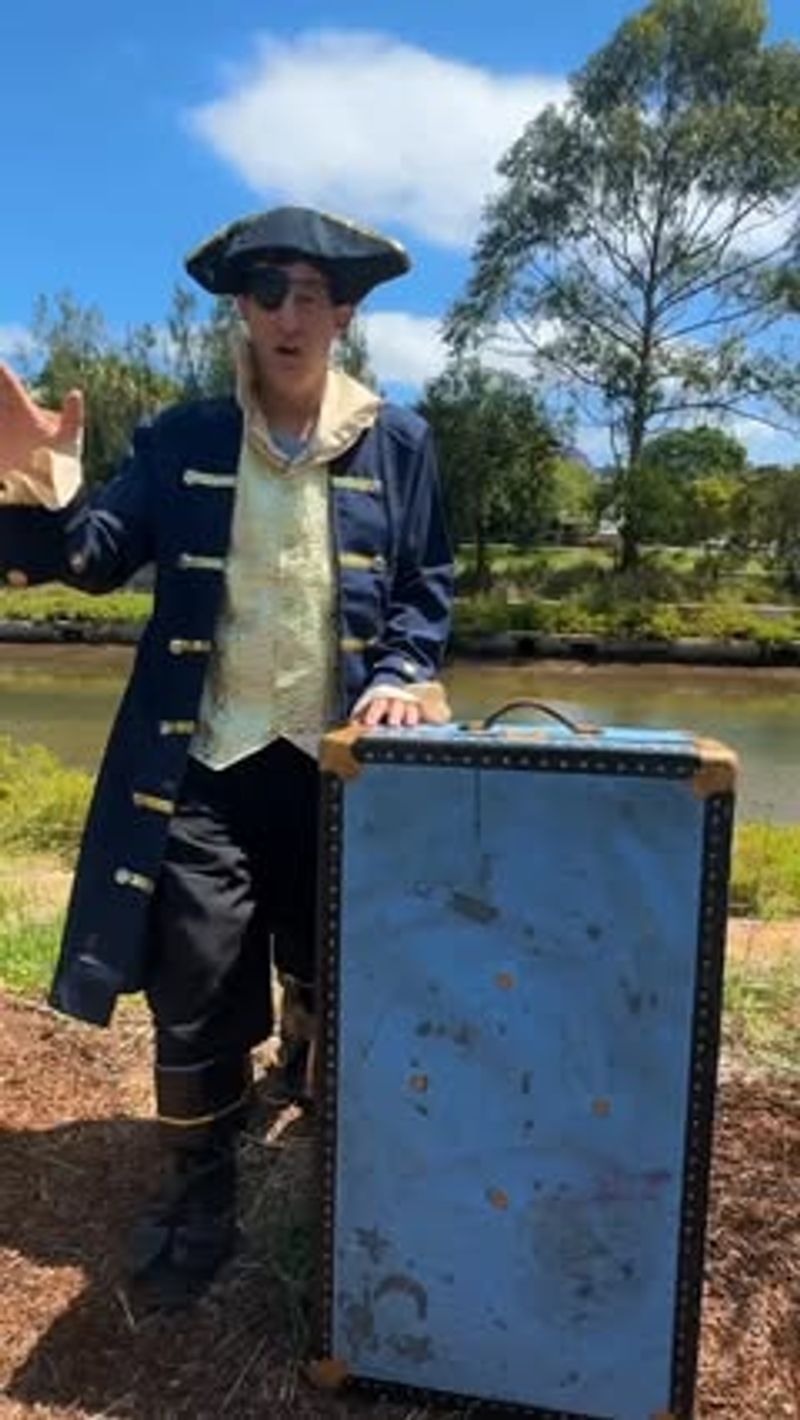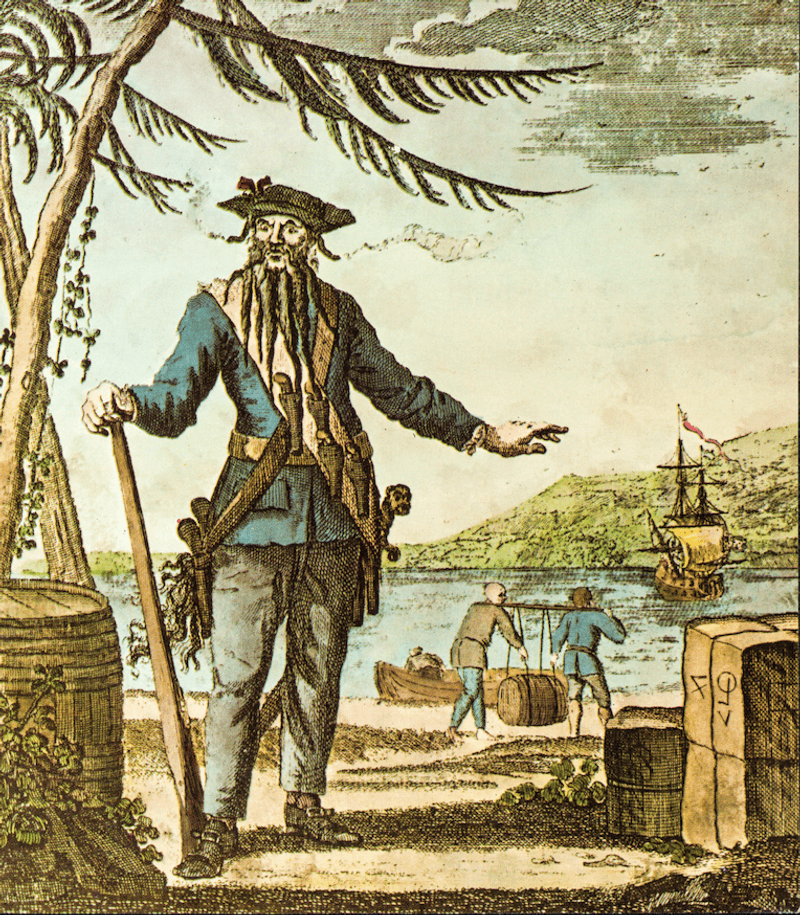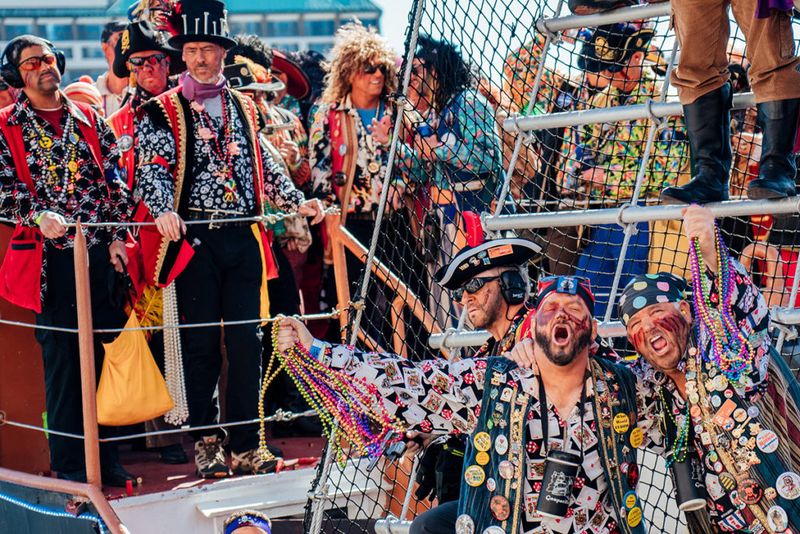When we think of pirates, we often picture eye patches, parrots, and treasure maps marked with an “X.” But beyond the Hollywood glamor, pirates had some wild customs that were surprisingly real. From democratic practices to unusual punishments, here are 17 pirate traditions that sound totally fake — but aren’t.
1. Pirate Democracy Was a Thing
Believe it or not, pirate crews voted on major decisions — including who got to be captain. Captains could even be voted out mid-voyage if the crew wasn’t happy.
2. They Had Worker’s Comp
If a pirate lost a limb or was injured in battle, they were often compensated with gold. Each injury had a “price list,” which made pirates some of the first to have something like disability insurance.
3. They Created Pirate Codes
Long before corporate handbooks, pirates followed “articles of agreement.” These rules covered everything from conduct to how loot was split.
4. Crossdressing Pirates Were Real
Women were typically banned from ships, but some, like Anne Bonny and Mary Read, dressed as men to join pirate crews — and became legends.
5. Parrots Were Status Symbols
Parrots weren’t just pets — they were exotic souvenirs from tropical adventures and symbols of wealth among pirates.
6. They Had Health Plans (Sort Of)
Some pirate ships had designated surgeons or barbers to tend to wounds. Hygiene wasn’t perfect, but it beat being abandoned.
7. They Used Torture… Creatively
One brutal method called “keelhauling” involved dragging someone under the ship’s hull. Not all punishments were fatal, but they were terrifying.
8. Earrings Had Superstitions
Gold earrings weren’t just fashion — pirates believed they could pay for a proper burial or improve eyesight. Seriously.
9. They Had Retirement Plans
Older pirates or those injured beyond repair could “retire” in pirate-friendly colonies like Madagascar or Nassau.
10. They Avoided Combat When Possible
Despite their reputation, pirates preferred intimidation over bloodshed. A fearsome flag could scare ships into surrendering without a fight.
11. Music Was Mandatory
Pirate ships often had musicians onboard, and playing music during downtime was part of life at sea. It helped morale during long voyages.
12. They Flew Customized Flags
Not every pirate flag had a skull and crossbones. Captains often designed unique flags to strike fear and claim their brand.
13. They Took Weekends Off
Some pirate crews observed the Sabbath and refused to attack on Sundays. Others had rules for rest days to avoid burnout.
14. They Had Strict Grooming Rules
Despite the grungy image, pirates valued cleanliness. Some banned long beards or enforced regular bathing with seawater.
15. They Practiced Early Recycling
Pirates didn’t waste anything. Damaged sails were repurposed, and broken tools were repaired constantly. Sustainability, pirate-style.
16. They Gave Each Other Nicknames
Pirates loved colorful nicknames like “Blackbeard” or “Calico Jack.” These helped build reputations and strike fear into enemies.
17. They Celebrated Big Wins
After scoring treasure, pirates often threw epic parties at sea or in port towns. Rum, music, and mayhem were guaranteed.
